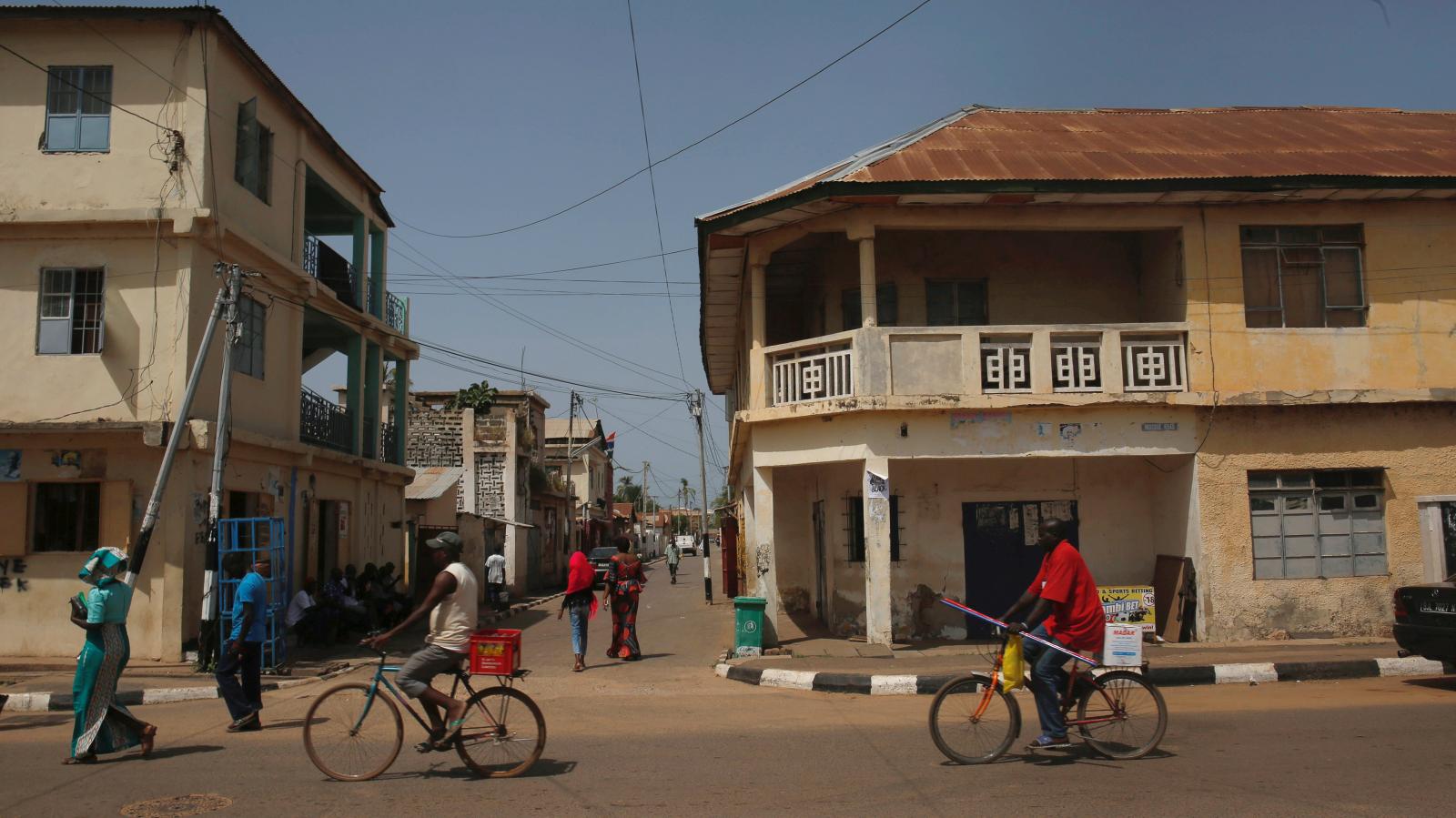The only country pulling its weight on climate change is The Gambia

If any country could be absolved of responsibility for the climate change crisis, it’s The Gambia.
The Gambia is the smallest country in mainland Africa, wedged within the borders of Senegal along the mouth of the Gambia river with a population of 2.4 million. Its carbon footprint is among the world’s smallest, and comes mostly from agriculture and vehicle emissions. In total The Gambia’s footprint amounts to less than 0.01% of global annual emissions (the US is 14.5%). Still, the Gambian government is taking steps to decarbonize anyway—and it might be the only country on Earth where those steps are commensurate to its (admittedly tiny) contribution to the problem.
That’s the conclusion of the latest analysis from Climate Action Tracker (CAT), a nonprofit research group that crunches data on national climate plans and compares them to a country’s “fair share” of the global decarbonization effort.
Plans are also measured against whether they put the country on track with the Paris Agreement goal to limit global warming to 1.5ºC above pre-industrial levels by 2100. Starting Oct. 31, representatives from most national governments will convene in Glasgow for COP26, the biggest climate summit in the last five years, where the top priority is to evaluate and beef up these plans—known as “nationally determined contributions,” or NDCs in climate-diplomacy jargon.
Ahead of COP26, countries are far behind on climate action
CAT’s conclusion is that there is still a massive gap between what is needed to achieve the 1.5ºC limit and countries’ stated climate targets. By 2030, even if countries meet their targets, CAT forecasts global emissions will be around double what they should be.
The gap is even is greater if measured from the policies countries have enacted to make their stated targets a reality. The analysis covers 40 countries representing 80% of global emissions. It includes a wide range of geographies and income levels. Major emitters—like China, Russia, and India—are taking “highly insufficient” or “critically insufficient” action on climate, the analysis finds. The US and EU are merely “insufficient.” A handful of countries with relatively small carbon footprints are rated “almost sufficient.” And then there’s The Gambia. It’s all alone in the “Paris-compatible” category.
These ratings, and the size of the climate action gap, are likely to change over the next month, as countries announce more ambitious targets for COP26. On Oct. 7, the United Arab Emirates became the latest country to commit to net zero emissions by 2050, a first for a Gulf petrostate. (Its target only covers the country’s domestic emission, not that caused by its exported oil and gas). Russia moved up its net-zero deadline on the same day.
How well are countries doing with their 2015 Paris Agreement pledges?
This graphic is based on data released prior to the UAE’s and Russia’s announcements. CAT analysts plan to publish updated figures during COP26. We’ll update this graphic once they do.
How to divvy up climate responsibility
CAT’s methodology is based on the idea of “fair share” responsibility for climate action, a method developed in peer-reviewed economic research that accounts for a country’s cumulative historic per-capita emissions, its ability to pay for domestic decarbonization measures, and other factors.
This share is expressed in terms of the amount of CO2 a country can emit annually by 2030 or 2050 such that total global warming will be limited to 1.5ºC. CAT rates a country based on whether its climate plan puts it on that “fair share” track, whether it has adequate existing policies, and—for rich countries—makes sufficient contributions to global climate adaptation funds.
A handful of countries—Nepal, Kenya, and Ethiopia—are on track for emissions below their fair share target, yet they receive an “almost sufficient” rating because CAT projects that the countries should be able to do even more if they receive greater international financial support.
The Gambia’s climate plan
The Gambia’s latest climate plan, published Sept. 12, aims to see the country’s emissions peak within the next couple of years and, by 2030, decline to about half of what they would be without action. The measure with the greatest carbon-cutting potential, according to the plan, is to limit the cultivation of rice in flooded fields. (It’s a method that produces a surprisingly high volume of methane emissions as fertilizer and crop residues decompose.)
Other measures include reducing livestock emissions by encouraging open grazing, reducing food waste, supporting reforestation projects, tightening vehicle fuel efficiency standards, and constructing utility-scale solar and wind farms. According to CAT, it’s not clear that the country currently has sufficient policies and resources in place to meet those goals. Alpha Jallow, The Gambia’s lead COP representative, declined to comment.
“The Gambia has a lot of room to keep emitting,” she said. “But those emissions will need to be taken up by more developed countries.”
Time is running out to stop catastrophic warming
While still too wide, the climate action gap is getting narrower. Since Sept. 2020 it closed by 15%, as more countries rolled out stronger climate plans and committed more money, according to CAT. The problem, Villafranca said, is that in the short term global emissions are still increasing.
That means countries have less time to reach net-zero if they want any hope of meeting the Paris goal (although at this point, many countries still have not even set net-zero emissions as an official target).
“There’s been some progress,” she said. “But we’re now at a point where we really need to decarbonize faster than we previously thought.”







